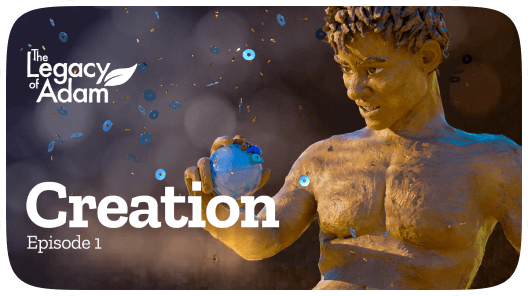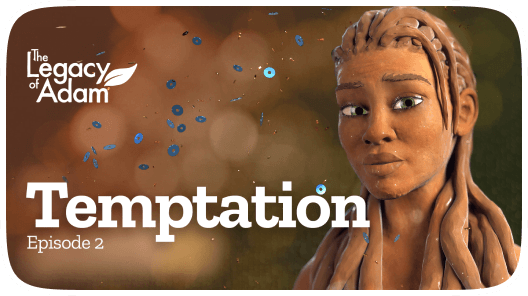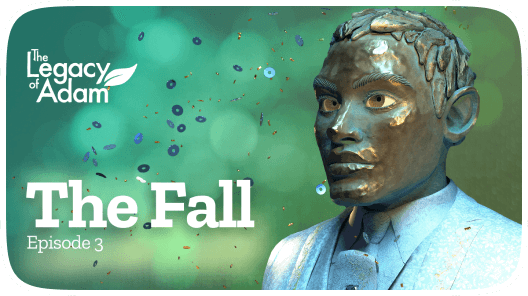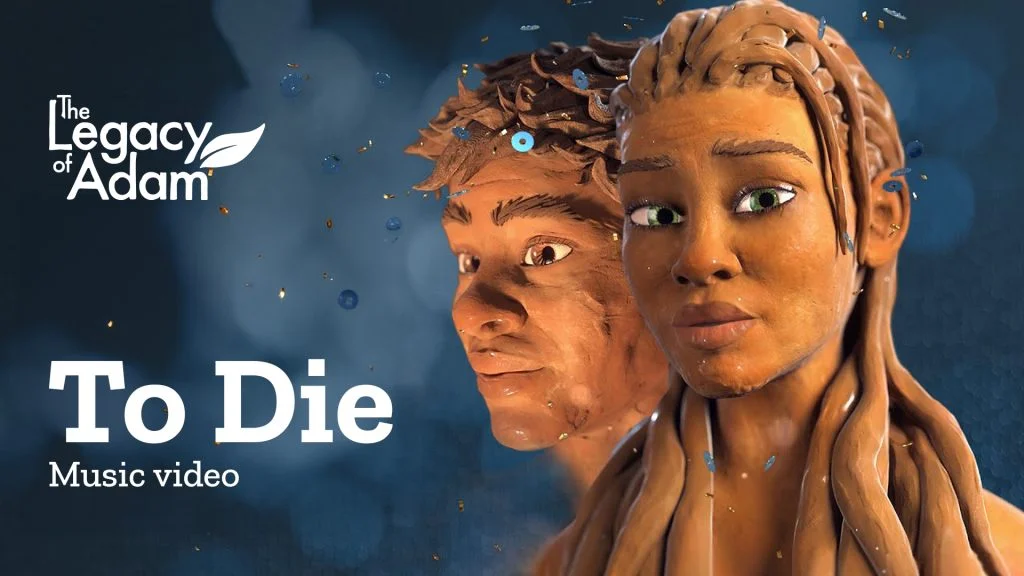Bring Legacy of Adam
to
Life with Henna
Experience the beauty of our henna art – each design tells a story. Try it on your own hand, share your photo, and tag us on social media! Henna herbs are usually available from your local grocery.

1. The Star
Draw a star to represent God’s rescue plan from creation. From the earliest moments of humanity, God’s rescue plan continued shining through the generations. This star symbolizes that unbroken promise, stretching all the way from Adam’s story into a new chapter. Though people left Eden, hope did not fade—God still intended to restore and bless humanity, one family at a time.
Covenant
Draw a star to represent God’s rescue plan from creation. From the earliest moments of humanity, God’s rescue plan continued shining through the generations. This star symbolizes that unbroken promise, stretching all the way from Adam’s story into a new chapter. Though people left Eden, hope did not fade—God still intended to restore and bless humanity, one family at a time.

1. The Star
Draw a star to represent God’s rescue plan from creation. From the earliest moments of humanity, God’s rescue plan continued shining through the generations. This star symbolizes that unbroken promise, stretching all the way from Adam’s story into a new chapter. Though people left Eden, hope did not fade—God still intended to restore and bless humanity, one family at a time.
Sketch flowers growing from the star to depict Adam’s descendants, placing a prominent flower at the top for Abraham, showing how Adam’s lineage expanded across centuries. Amid ordinary lives and challenges, God chose a faithful man named Abraham—called “the friend of God.” This central flower at the top represents Abraham’s pivotal role: through him, God’s unfolding plan moved forward.
Draw myriads of small flowers to show that Abraham received a promise of a son and countless descendants. God promised Abraham more descendants than the stars. Although this seemed impossible for a man of his age, he trusted the One who gives life to everything. His faith paved the way for a vast family, each generation carrying the hope of future rescue.
Draw a ram’s horns to illustrate the sacrifice. Abraham was tested by God and asked to sacrifice his son Isaac, but God intervened and gave him a ram. It was a test of faith and a foreshadowing of God’s ultimate salvation plan where He would provide his own sacrifice. The covenant stood firm, echoing God’s unwavering intention.
Draw flowers on the fingers to Illustrate these descendants as a multitude in the desert. Beyond Abraham, a multitude of descendants emerged. Ishmael became the father of the powerful Arab peoples, and Isaac the father of the Israelites. They often lived in harsh desert landscapes, yet God’s promise never failed.
6. The Savoiur
Draw a star for the one who would eventually save the world, fulfilling God’s promise. One day, from among these heirs, a savior would arrive to fulfill that ancient pledge—reminding us that from a single promise, a grand destiny was set in motion.
Covenant
Draw a star to represent God’s rescue plan from creation. From the earliest moments of humanity, God’s rescue plan continued shining through the generations. This star symbolizes that unbroken promise, stretching all the way from Adam’s story into a new chapter. Though people left Eden, hope did not fade—God still intended to restore and bless humanity, one family at a time.
What is Henna?
Henna art in African culture is a beautiful tradition where people use a natural dye to create temporary designs on their skin, especially hands and feet. These designs aren’t just pretty patterns; they often have special meanings, like bringing good luck or protection. The art style changes from region to region, with North Africa using detailed geometric patterns, West Africa using unique line techniques, and the Horn of Africa favouring flowing, floral designs. Henna is very important during celebrations like weddings, where brides get elaborate designs. It’s a way to show cultural identity and pass down traditions through generations, making it a significant part of African heritage.
Henna Gallery








